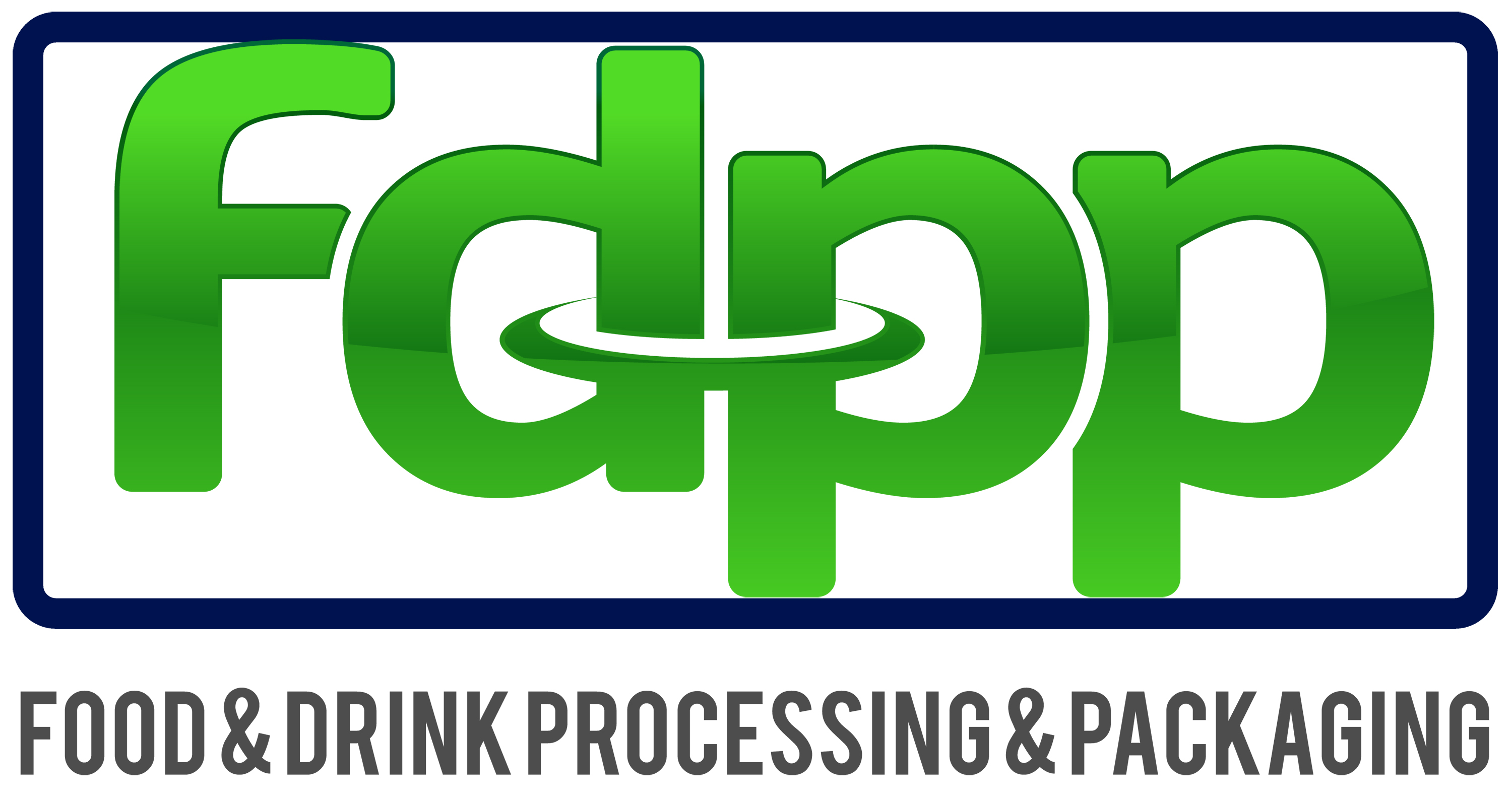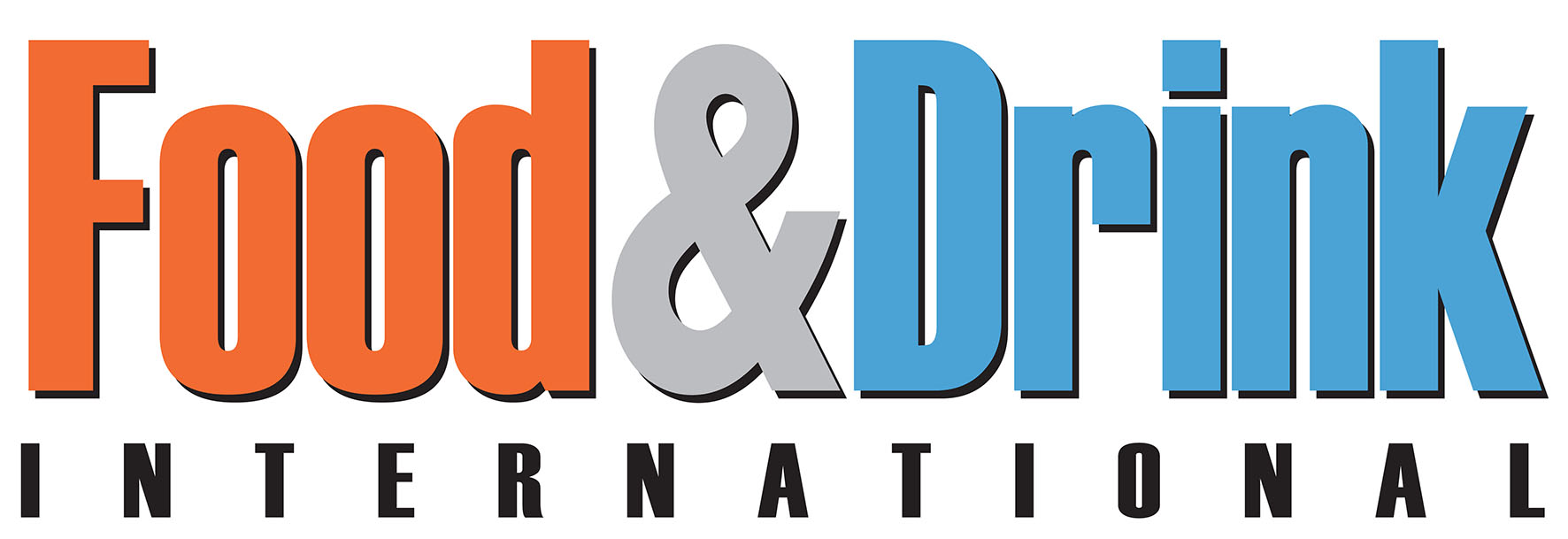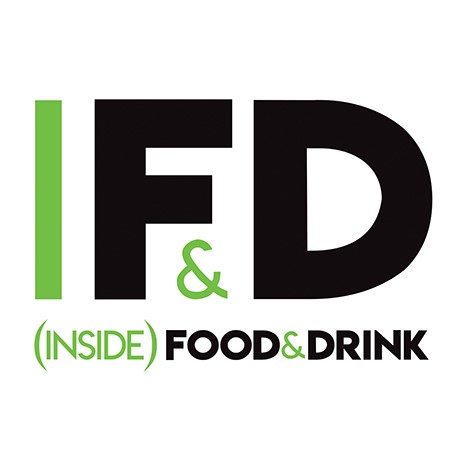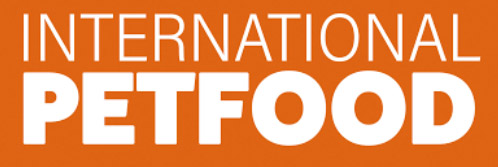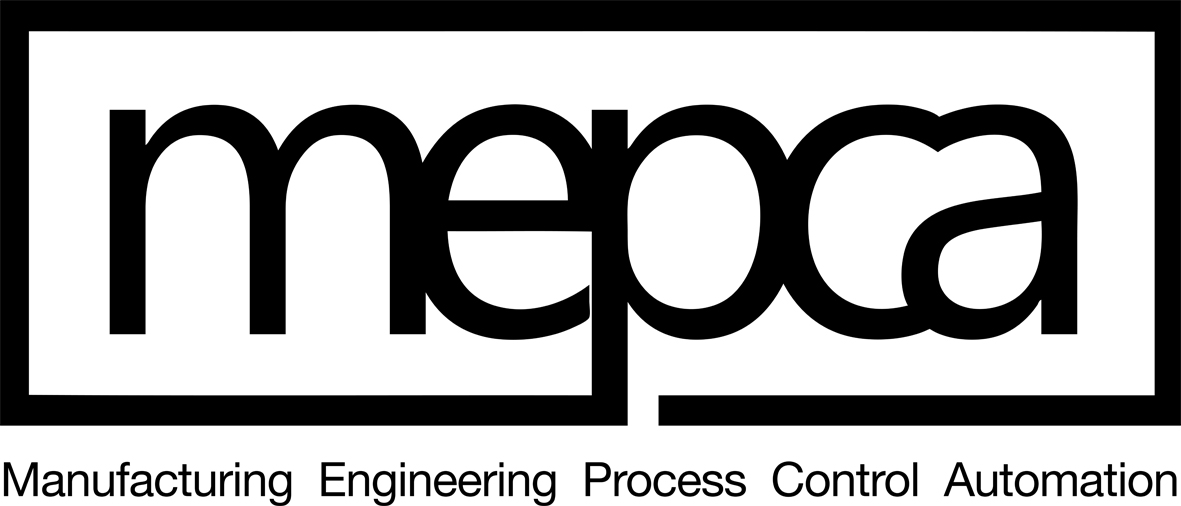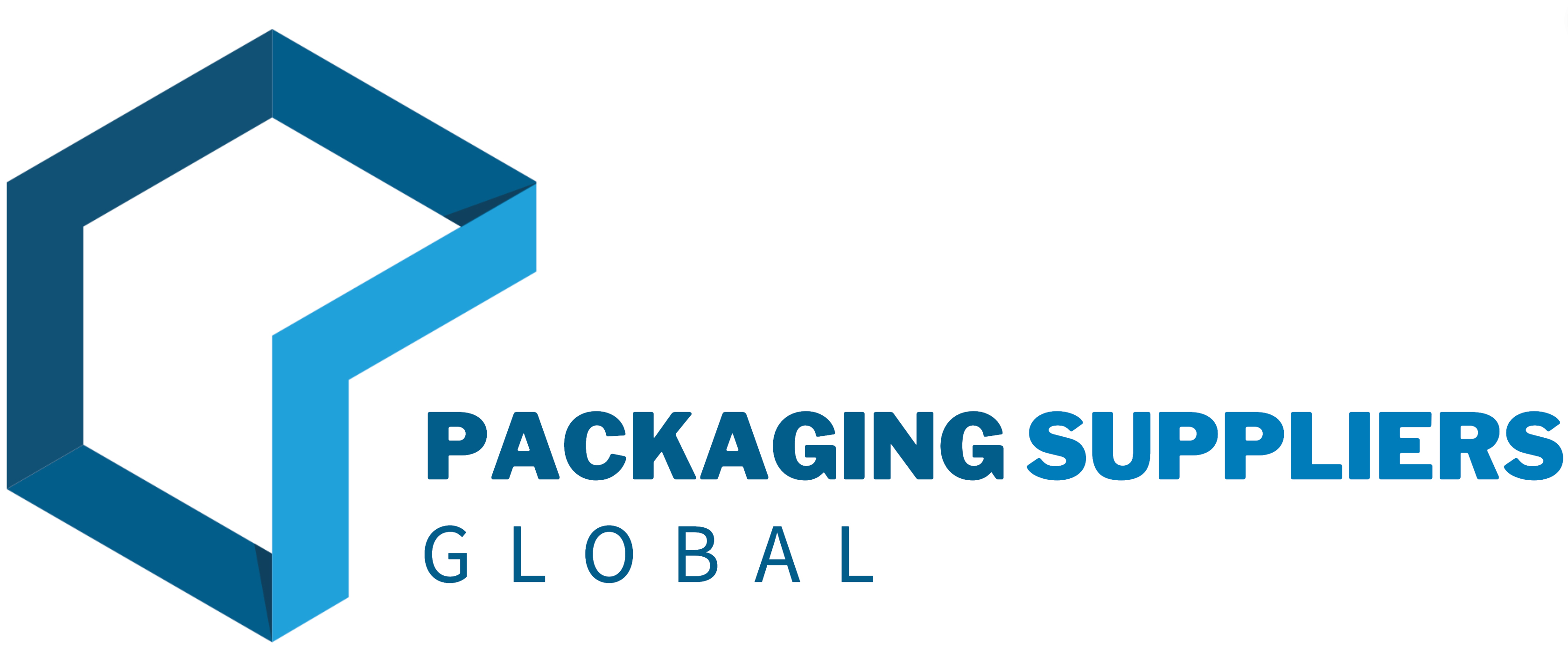ECOMMERCE PACKAGING TRADE SHOW and Exhibition at PPMA Show
PPMA Show 2024 is a key event for managers and owners from many different types of business, including the ever-growing ecommerce sector. The Show is a major opportunity to explore the latest developments in packaging and processing in the dynamic world of e-commerce.

Ecommerce packaging and machinery is at the heart of business
Ecommerce has driven step changes in packaging machinery and operations. For retailers, consumer behaviour has been shifting online since the advent of faster internet connections and the increased capabilities of mobile phones and other devices. The advent of Covid-19 has accelerated the rate change even further. Ecommerce and the pandemic have also radically altered the way businesses interact with each other.
What are the challenges for ecommerce packaging?
Businesses are used to dealing with challenges, and equally used to finding solutions. In many ways ecommerce has created a testing commercial environment, but it has also given rise to inventive solutions. Companies which have embraced new approaches are prospering in the new digital economy.
Ecommerce customer experience and expectations
The market leaders in ecommerce have set the bar very high for every organisation operating online. Easy ordering, friction-free payments, reliable data security and next day (or even same day) delivery options are now taken for granted.
So too is robust packaging. Consumers and businesses expect goods to arrive in perfect condition. Damaged goods need expensive replacements, and one bad experience can turn customers away from brands for good.
However, there is also a strong demand for sustainable packaging. Delivering small items in massive boxes flies in the face of what customers want, and businesses are regularly mocked on social media platforms for excessive use of cardboards, bags and protecting material.
The challenge is to find ecommerce packaging and machinery which provides the best way of protecting products while focussing at the same time on sustainability.
Flexibility is the key to succeeding in ecommerce
Everything needs to happen fast in ecommerce. Ordering and payments should take a few clicks or less. The window for picking, packing and delivery needs to be a few days at most, or even a few hours.
But even the most robust business models are not completely predictable. A dress worn by a celebrity might result in a surge in sales. A major event like the advent of Covid-19 can result in unprecedented demand for PPE equipment. In difficult times, retailers are likely to replace bulk orders with piecemeal orders.
To cope with fluctuating demand, businesses need flexible packaging capabilities. For example, if a business stocks products of many different shapes and sizes, it needs packaging machinery which can easily be set to box up small or large items. Its machinery may need to swap between different grades of material.
How do you keep up to date with technology?
Automatic packaging and box packing machines depend on data. Data settings can control the type of packaging being used, the die-cuts, the folds and assembly. Data can also control the number of units being packed and the labelling. Drag and drop interfaces make programming easy and intuitive, and voice commands can add to the ease of controlling work flows. Intelligent machine interfaces (IMIs) are increasingly part of the ecommerce packaging landscape.
Data-driven cobots can work more accurately than human operators, with higher levels of output and without health and safety concerns. Sensors and vision devices can undertake quality checks. Demand can be modelled by intelligent data systems. When all relevant data is joined up, businesses can be set to thrive in these changing times. The vision for Industry 4.0 – the seamless integration of data and automation – is fast becoming a reality.
What equipment is used in ecommerce packaging?
You can find PPMA members who supply the ecommerce packaging equipment here. Principal types of equipment are as follows:
Sensors and vision equipment are used to create a seamless interaction between operators and machines. By highlighting imperfect products and packaging, they are particularly useful for quality control.
Robots carry out automated functions with the advantages of continual operation, ability to work in hazardous or unheated environments, accuracy and speed. Cobots, or collaborative robots, assist operators in a variety of tasks to increase efficiency.
Grippers are an essential part of full or partial automation. They are designed to pick up products by a variety of techniques including suction, mechanical fingers, vacuums, magnets and needles. They are usually set at the end of robotic arms for lifting and handling.
Cartoners cut, fold, assemble and seal cartons with options on standardised or customised sizes and shapes. Flexible cartoners which can be used for a variety of product sizes are a key element in many ecommerce packaging lines. Bagging machines perform the same function for lighter products, including most clothing.
Labellers apply packing labels with a potentially wide array of written information and machine-readable codes. The same labels may be created for multiple packs, or individual labels can be generated with pack-specific information. Labels can also be used for security and traceability.
At the end of the packaging line, palletisers place packed products on pallets to enable loading for transportation. Stacked pallets can be shrink-wrapped and labelled for dispatch.
What are the types of ecommerce packaging?
Cardboard is the key ecommerce packaging material. It has the advantage of being widely recyclable and comes in a range of strengths and a virtually infinite range of sizes. Standard uses are for pizza boxes, postal tubes, cardboard wraps, telescopic boxes and reusable boxes. Cardboard is also widely used for bespoke packaging for products of non-standard sizes, from small items to very large ones. Ecommerce businesses also make wide use of paper envelopes, jiffy bags and plastic bags.
Outer packaging will frequently be printed with key branding information such as company logos and slogans. The nature of most exterior packing materials limits the choice of print and finishes, but products are normally packed with higher quality materials inside the outer boxes. For luxury goods in particular a lot of emphasis is placed on boards and papers, colours, embossing and print quality.
From a customer experience point of view, the priority for outer packaging is to ensure that products are safely delivered without damage. The role of inner packaging is to create an emotional bond for consumers through a positive experience of design and tactile materials.
Sustainable materials for ecommerce packaging are either recyclable or reusable. Reusable packaging usually involves refilling at retail or other outlets and is a growing trend for sustainable brands. There is also strong backing for the circular economy approach to packaging introduced by initiatives such as Loop.
How is ecommerce packaging used in warehousing and storage?
Ecommerce warehousing follows established principles of efficient use of space with ease of access and movement. For businesses with limited or no storage space, on-demand warehousing is now an option, with stock from multiple businesses stored in shared warehouses.
With digital labelling, stock locations can be recorded on Warehouse Management Systems (WMS) which enables for a flexible and efficient approach to the use of space. A fully integrated WMS enables businesses to manage storage, picking, packing and dispatch accurately and at speed. It’s this technology that enables fulfilment centres to meet the demands of consumers and businesses in the age of ecommerce.






